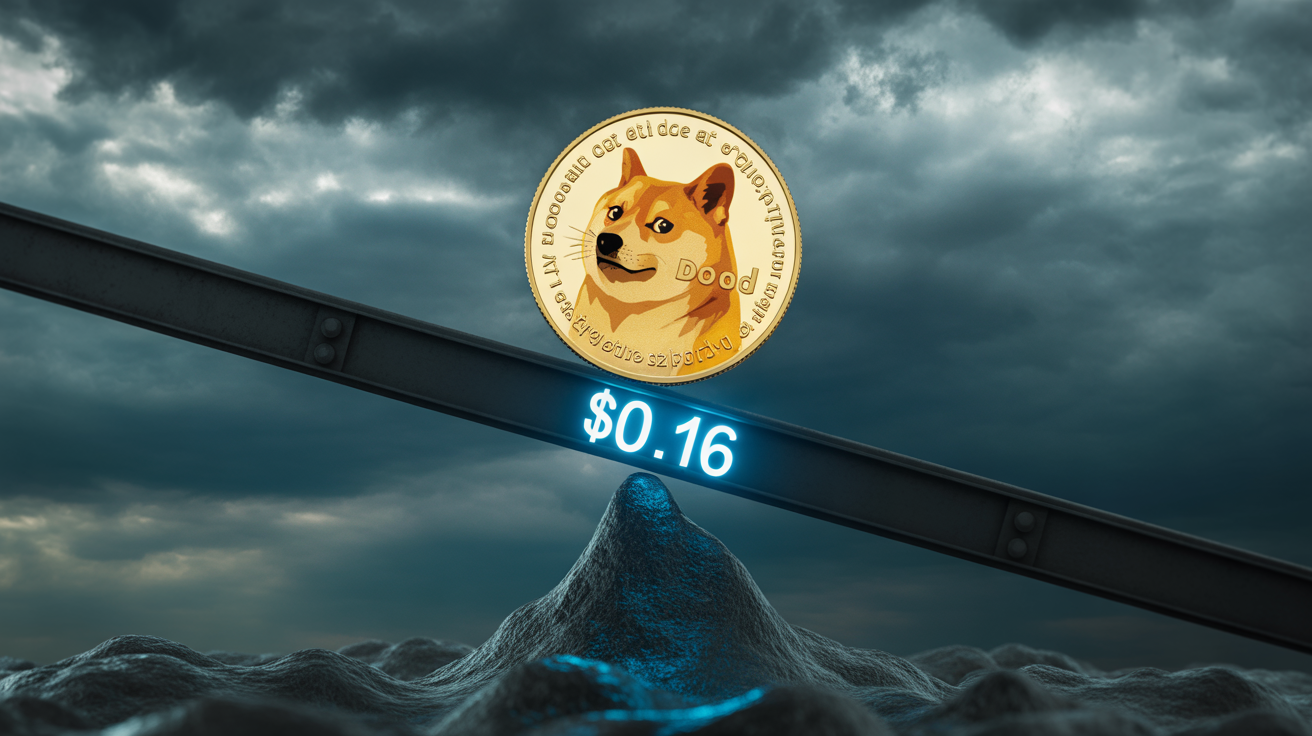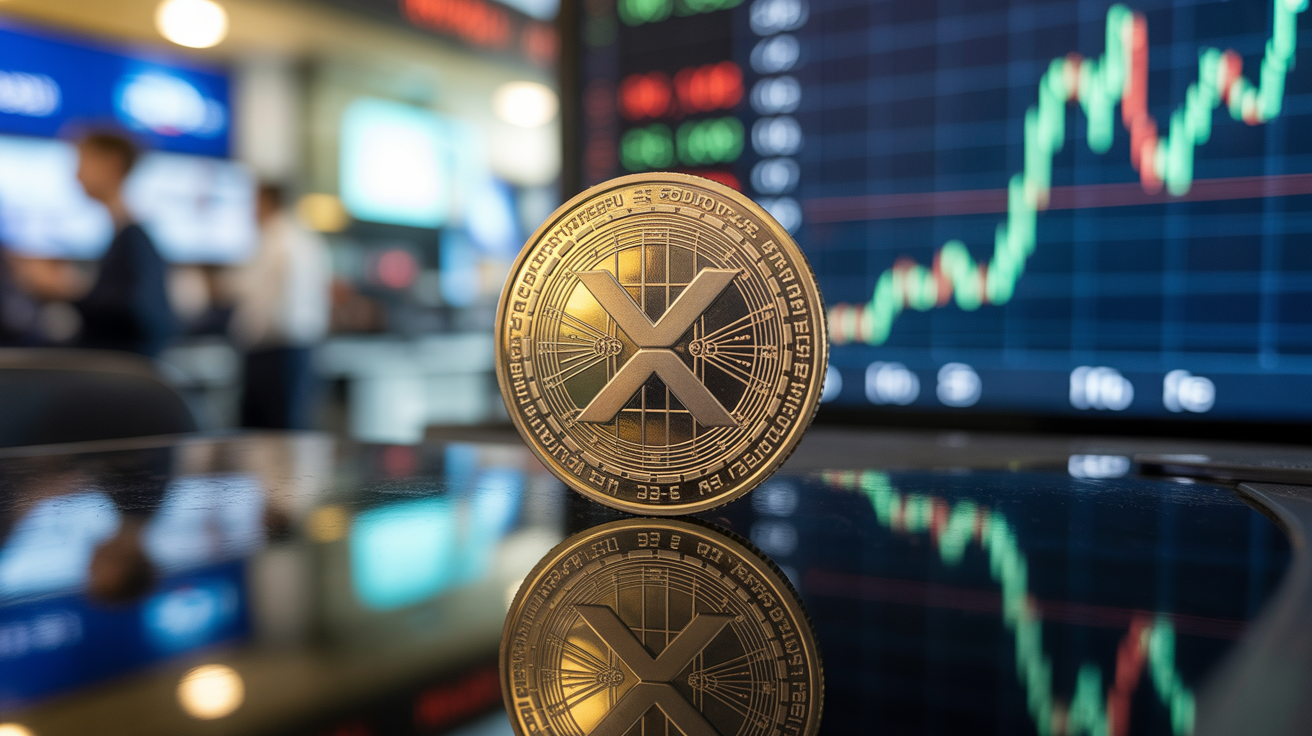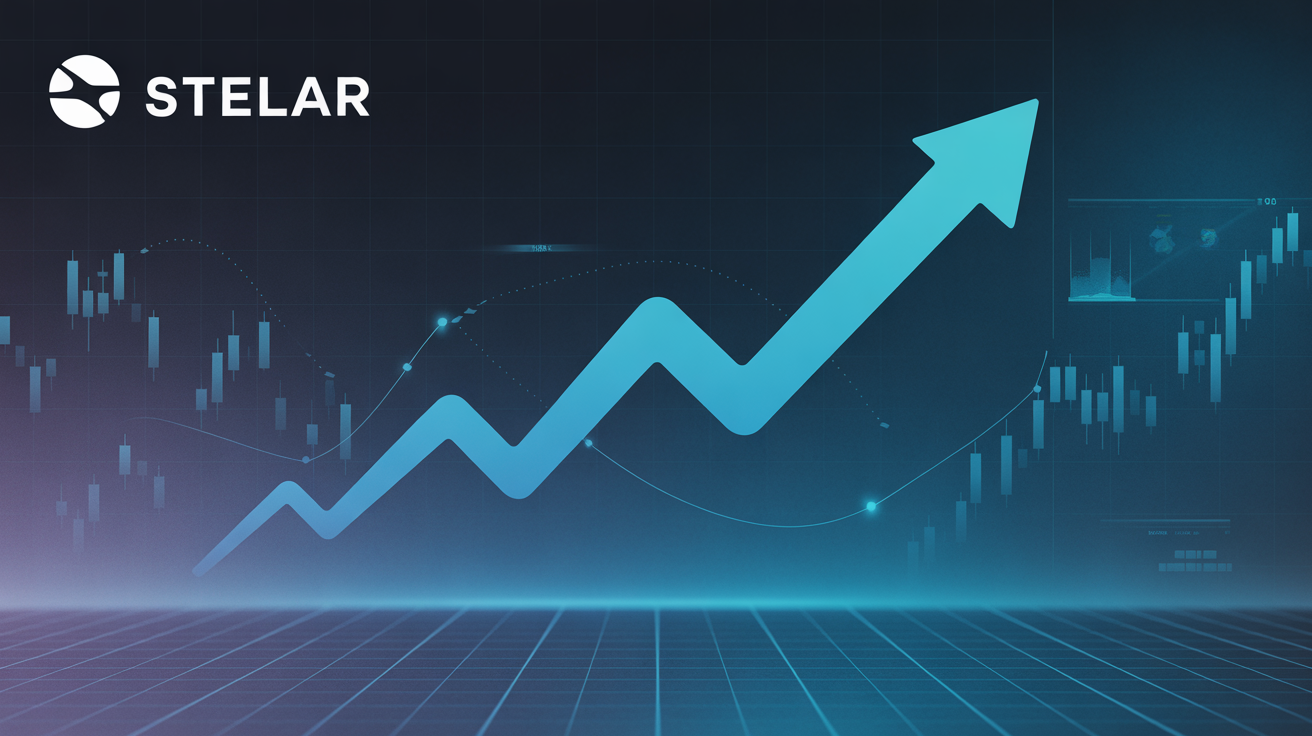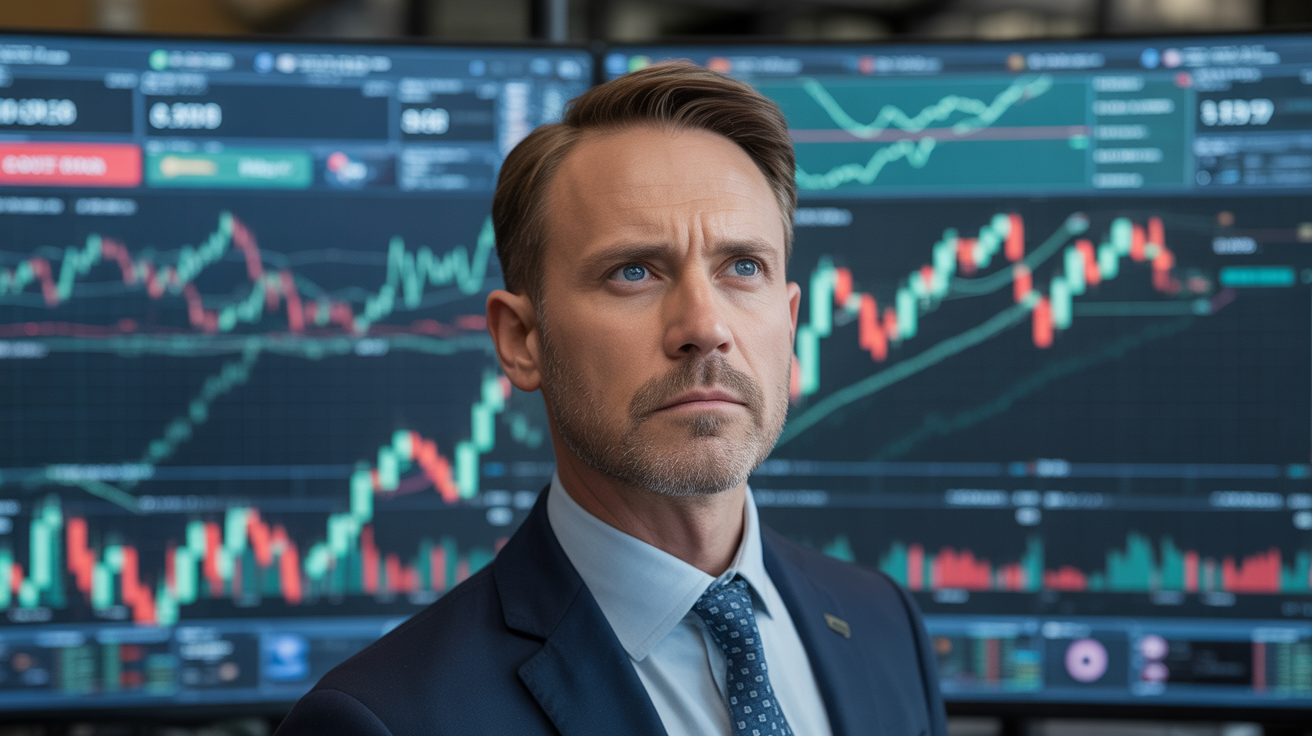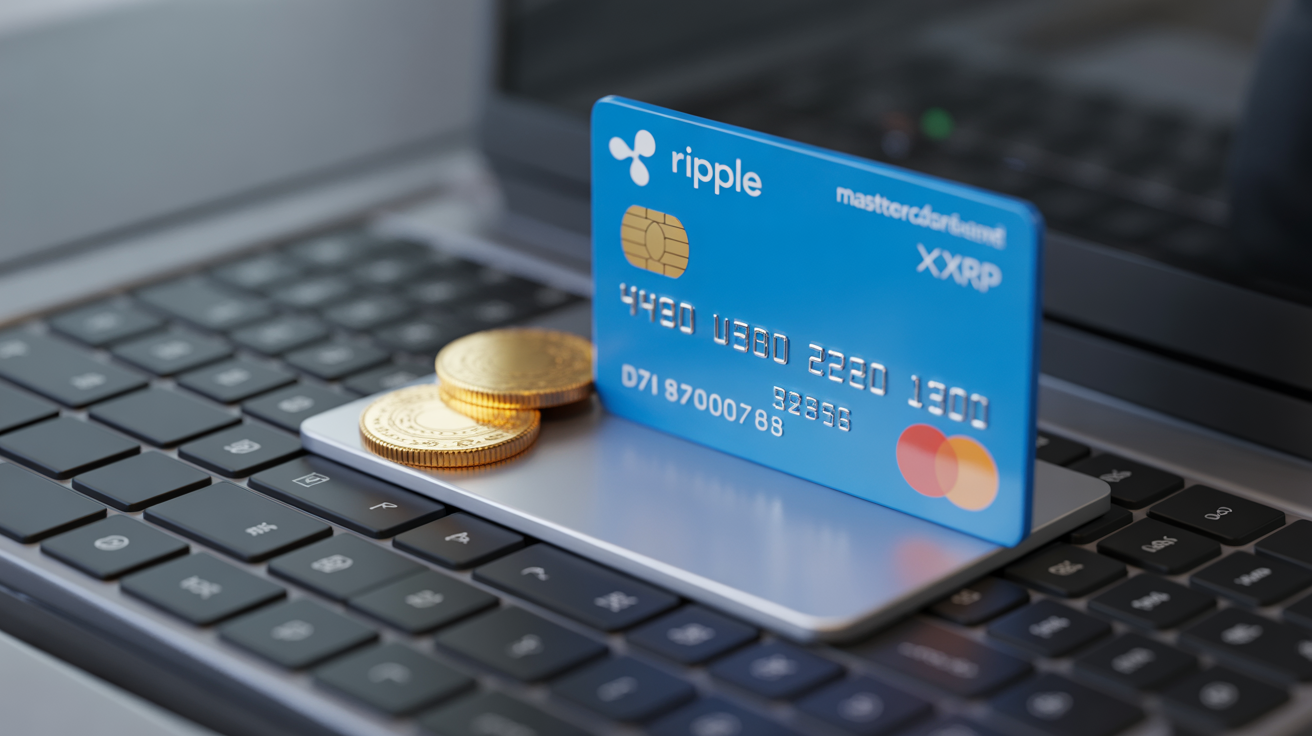Token Buybacks Surge 400% as Keyrock Highlights Need for Discipline
Crypto tokenholder payouts have jumped over 400% since 2024, reaching nearly $800 million in Q3 2025, but Amir Hajian, head of research at market maker Keyrock, warns that most buybacks are still financed from treasuries rather than recurring revenue. In a new report, Hajian argues that token buybacks must evolve from hype-driven spending to strategic, valuation-aware capital management.
Token buybacks, where blockchain projects repurchase their own tokens from the market, operate similarly to stock buybacks. By removing tokens from circulation, these buybacks can signal confidence to investors and potentially increase token value.
Hajian sees the surge in buybacks as a test of crypto maturity. Initially intended to demonstrate that protocols could return value like traditional companies, buybacks now reflect whether projects can repurchase tokens with central-bank-style prudence rather than reacting impulsively to market trends.
Much of the capital used for buybacks still comes from treasuries, exposing protocols to the risk of depleting future operational funds. With clearer regulatory guidance and growing fee-based revenues, buybacks are increasingly viewed as a tool to connect revenue generation to tokenholder value.
Across 12 revenue-distributing protocols analyzed, teams returned an average of 64% of total revenue to token holders, significantly higher than traditional DAOs, which reinvest roughly 75% of funds into growth and development. Hajian notes that this focus on distributions over reinvestment underscores the limitations of one-off treasury-funded buybacks.
Some projects are adopting valuation- and revenue-linked buyback frameworks to ensure sustainability:
- Trigger-based models: Buybacks are tied to fundamentals like valuation multiples, increasing when tokens are undervalued and scaling back when prices rise.
- Options-based structures: Protocols sell covered puts to earn premiums while committing to future buy levels, generating revenue even without immediate buybacks.
These approaches signal a maturing approach to tokenomics, aligning buybacks with market realities and sustainable treasury management.
Execution quality remains a critical concern. Many projects rely on taker orders, which draw liquidity from thin order books and amplify price swings once buying stops. Hajian recommends maker orders calibrated to organic volume, allowing protocols to add liquidity rather than consume it.
When Should Buybacks Occur?
Hajian advises that buybacks should only happen when revenues are recurring, treasuries can cover at least two years of operations, and tokens trade below fundamental valuations. Mature projects wait until financial strength is evident, while newer teams often launch buybacks too early, risking reserves needed for growth, R&D, and product development.
Ultimately, Hajian emphasizes, the real test is discipline. Buybacks are not proof of success—they measure whether crypto projects can move from distributing promise to managing profit.



